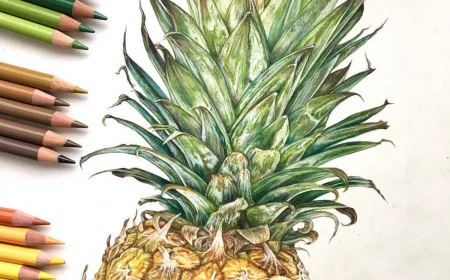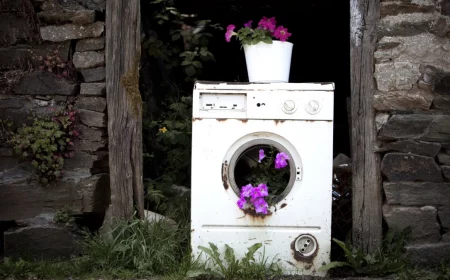DIY Weighted Blanket: A Pro’s Guide to Making One That Actually Lasts
I’ve spent most of my life working with textiles, getting to know everything from slinky silks to tough-as-nails canvas. My workshop is my happy place. For a long time, my focus was on things like custom drapes and furniture. But a while back, an occupational therapist (OT) came to me with a really interesting project: she needed a very specific, durable weighted blanket for a child with sensory needs. That one blanket completely shifted my perspective. I saw how a carefully crafted object could be more than just a thing—it could be a tool for genuine comfort and calm.
In this article
Since then, I’ve made more of these blankets than I can count. I’ve worked closely with therapists to really get the science behind them, and I’ve seen the difference between a well-made blanket and one that’s, well, a lumpy, leaky mess. Making one the right way isn’t super complicated, but it does demand a bit of patience and respect for the materials. This isn’t about chasing a trend; it’s about building a quality tool that helps someone feel grounded. So today, I’m going to walk you through the method I use, from start to finish.

First, Why Do These Things Even Work?
Before we even think about fabric, let’s get into the “why.” A weighted blanket isn’t just heavy for the fun of it. The magic is in something called Deep Pressure Stimulation (DPS). You can think of it as a constant, gentle, all-over hug.
This steady pressure gives your nervous system a ton of information about where your body is, which can be incredibly calming. For people dealing with anxiety, sensory processing disorders, or just the stress of modern life, the nervous system can get stuck in “fight or flight” mode. DPS helps flip the switch to the “rest and digest” system, which can help lower your heart rate, slow your breathing, and just generally bring on a sense of peace. Some studies suggest it can even encourage your brain to release feel-good chemicals like serotonin. Knowing this helps us make better choices about the blanket’s design. We’re not just sewing; we’re crafting a sensory experience.

Part 1: The Blueprint for a Great Blanket
Honestly, the success of your blanket is pretty much decided before you even thread your sewing machine. Rushing the planning phase is the single biggest mistake I see people make. Take your time here—it’s worth it.
Getting the Weight Just Right
You’ll hear the “10% of body weight” rule everywhere. And yeah, it’s a decent starting point, but it’s not a sacred law. Working with OTs taught me that it’s way more personal than that. For a 150-pound adult, a 15-pound blanket is the standard go-to. But if that person is very sensitive to pressure, 12 pounds might feel much better. On the other hand, someone who really craves that deep, grounding feeling might prefer an 18-pounder.
The goal is to feel grounded, not trapped. The user absolutely must be able to move the blanket off themselves without a struggle. That’s non-negotiable. When in doubt, always go a little lighter. You can always toss another blanket on top if you want more weight.

Heads Up! A Crucial Safety Warning
This is probably the most important thing I can tell you. If you are making a blanket for a child, an older adult, or anyone with a medical condition, you have to talk to their doctor or occupational therapist first. They can give you a precise weight recommendation based on a full health assessment. Never, ever guess.
And please, NEVER use a weighted blanket for an infant or a child under two years old. The risk of suffocation is serious. They’re also not a good idea for people with certain health issues, like:
- Breathing problems (like asthma or sleep apnea)
- Circulation issues
- Claustrophobia
- Fragile skin or certain skin conditions
I once had a parent ask for a surprisingly heavy blanket for their small child. The weight was way over the 10% rule, but it turned out their OT had specifically recommended it after observing the child’s unique sensory needs. Without that professional green light, I would have said no. Safety first, always.
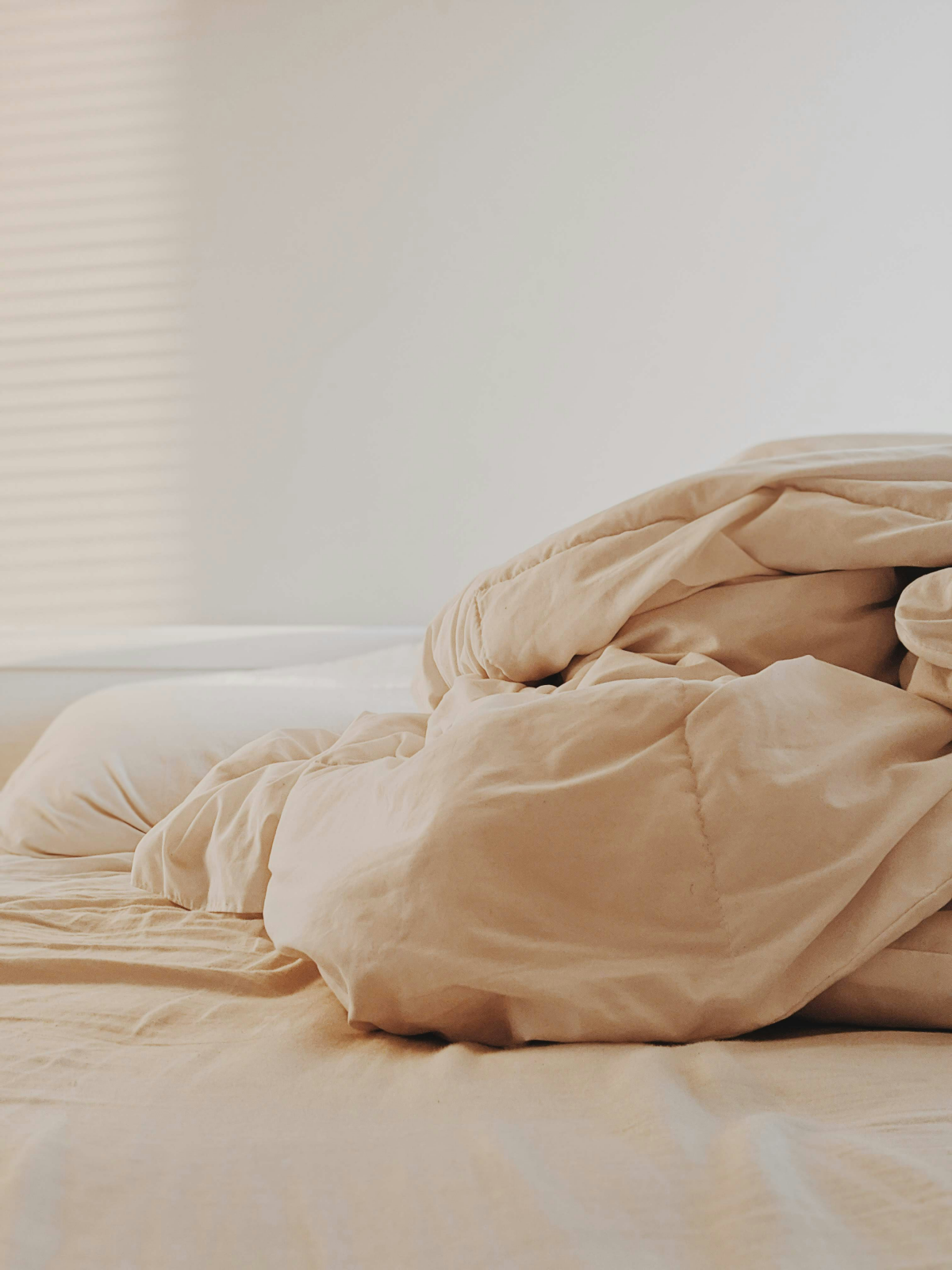
Choosing the Right Size
Here’s another common mix-up: a weighted blanket should fit your body, not your bed. If the blanket hangs way over the sides of the mattress, its weight will just pull it onto the floor during the night. You’ll waste a bunch of expensive filler and end up with a very frustrating blanket.
A great size for most adults is around 42 inches wide by 72 inches long. This covers the top of a twin mattress nicely, giving you coverage from shoulders to feet without a lot of overhang. For a child, just measure from their chin to a little past their feet for the length.
Materials: Let’s Talk Fabric and Filler
Your choice of materials will define the blanket’s entire personality—its feel, how well it breathes, and how long it will last.
Your Fabric Options:
My go-to is almost always 100% Cotton (like quilting cotton or broadcloth). It’s strong, breathes beautifully, is a dream to sew, and you can find it in a million patterns. It has the strength to hold the weight without putting too much stress on your seams.

Flannel is another solid choice, especially if you’re making a blanket for someone who’s always cold. It’s super cozy, but keep in mind it doesn’t breathe as well as regular cotton and can be a bit stretchy to work with.
And then there’s Minky. Oh, minky. That’s the ultra-soft, velvety fabric you see on fancy baby blankets. It feels incredible, but it comes with some serious challenges. It’s a polyester knit, so it gets warm—fast. It’s also incredibly slippery to sew. To be frank, if you’re going to use minky, a walking foot for your sewing machine isn’t optional; it’s essential to keep the layers from sliding all over the place.
Filler Face-Off: Plastic Pellets vs. Glass Beads
The filler is the heart of your blanket. There are two main choices, and they feel very different.
- Plastic Poly Pellets: These are the classic, budget-friendly option you’ll find at most craft stores. They’re little plastic pebbles. The downside is they aren’t very dense, so you need more of them to hit your target weight, which makes for a bulkier blanket. Some people also say they can feel the
Galerie d’inspiration


Plastic Poly-Pellets: The classic, budget-friendly choice. These small plastic cylinders, like the ones from Fairfield, are easy to find in craft stores. They give the blanket a noticeable texture, which some users find satisfyingly tactile.
Micro Glass Beads: A more premium option. These beads are tiny, like sand, making for a smoother, less lumpy feel. Because glass is denser than plastic, you need less volume to achieve the same weight, resulting in a thinner blanket. They are also considered more eco-friendly.
For a sleeker finish, glass beads are superior, but for a classic DIY project on a budget, poly-pellets are perfectly effective.

A well-made weighted blanket can last for years, but only if it’s kept clean. The single most important addition you can make is a separate, washable duvet cover.

What about the fabric? Is cotton always the best choice?
Not necessarily! The fabric is your direct connection to the blanket’s comfort. While quilting cotton is a fantastic, breathable, and easy-to-sew option, consider the sensory profile you’re aiming for. A soft, warm flannel can be incredibly cozy for winter, while a plush minky fabric, like Shannon Fabrics’ Cuddle 3, offers an intensely soft, luxurious feel that can enhance the calming effect. Minky can be trickier to sew—it stretches and sheds—so use a walking foot and plenty of pins. The final feel is often worth the extra effort.
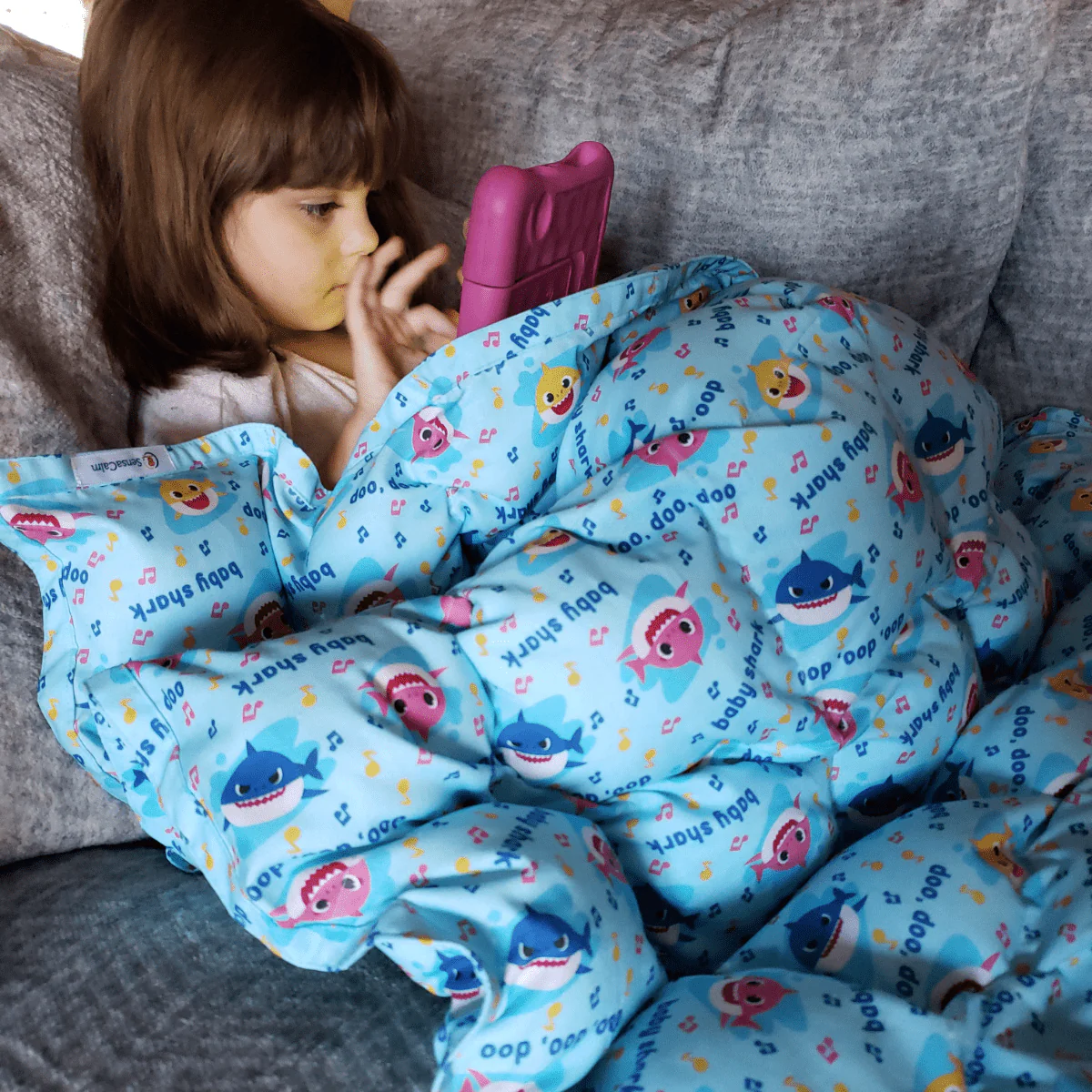
- A kitchen funnel for mess-free filling of the pockets.
- A walking foot attachment for your sewing machine to prevent thick layers of fabric from shifting.
- Heavy-duty machine needles, like a Schmetz Jeans needle (size 100/16), to easily penetrate multiple layers and prevent breakage.
- A digital kitchen scale to precisely measure the filler for each individual pocket.
These tools are the secret to moving from a homemade look to a professional-quality finish.

The critical point: Always consult an occupational therapist (OT) before making a blanket for a child or anyone with medical conditions. The standard guideline is 10% of the user’s body weight, but an OT can provide a personalized recommendation based on specific sensory needs, ensuring the blanket is a therapeutic tool, not just a heavy covering.
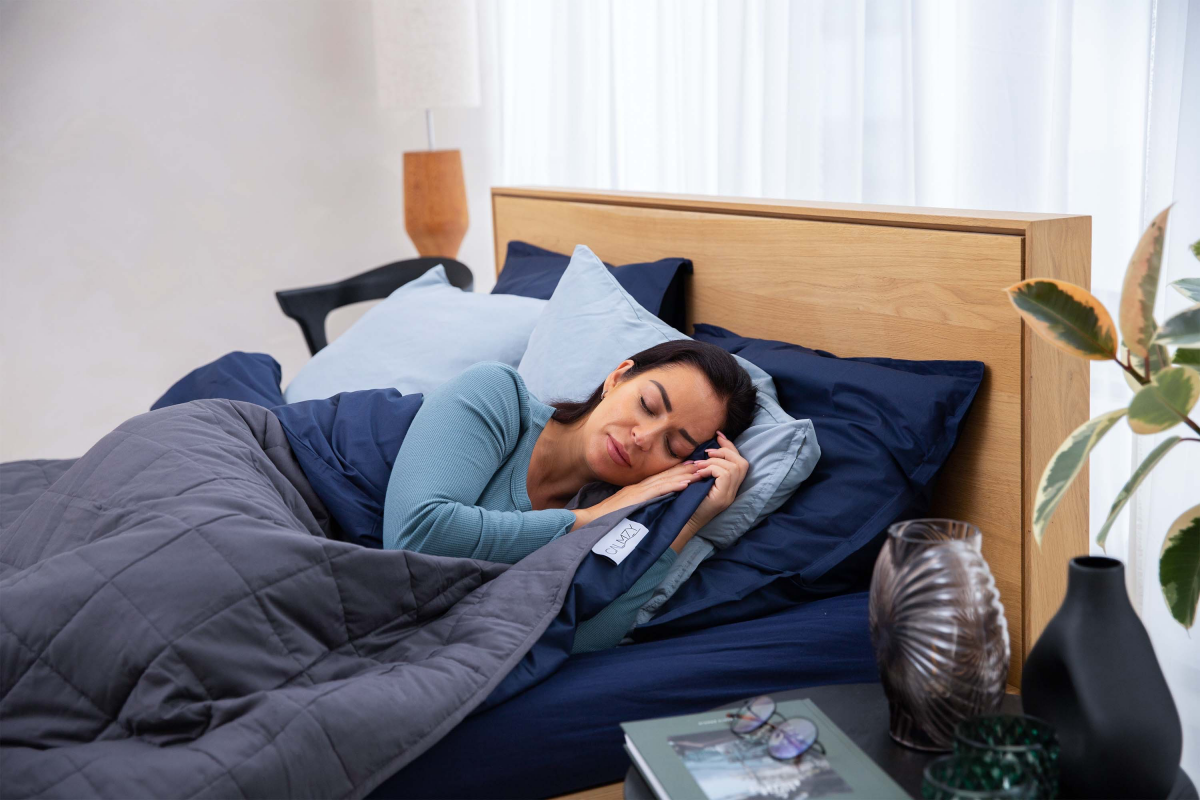
According to a 2020 study in the Journal of Clinical Sleep Medicine, participants using a weighted blanket had significantly reduced insomnia severity, better sleep maintenance, and a higher daytime activity level.
This reinforces what many users feel intuitively. The Deep Pressure Stimulation provided by the blanket isn’t just a placebo effect; it has measurable physiological impacts that can lead to more restorative sleep and, consequently, more energy and less fatigue during the day.

Creating a quality weighted blanket doesn’t have to break the bank. Instead of buying new fabric, consider upcycling. A high-quality, high-thread-count cotton flat sheet or a gently used duvet cover can provide excellent, pre-softened material. For fillers, look for bulk suppliers online rather than buying small bags from a craft store; the price per pound drops significantly with larger quantities.
- A feeling of being securely ‘tucked in’ all night.
- Reduced tossing and turning.
- A gentle, constant pressure that melts away the day’s stress.
The key to achieving this perfect sensory experience? Stitching perfectly uniform, small square pockets (around 4-5 inches) and filling each one with exactly the same weight. This meticulous process prevents the filler from bunching up and ensures the pressure is distributed evenly across the entire body.


